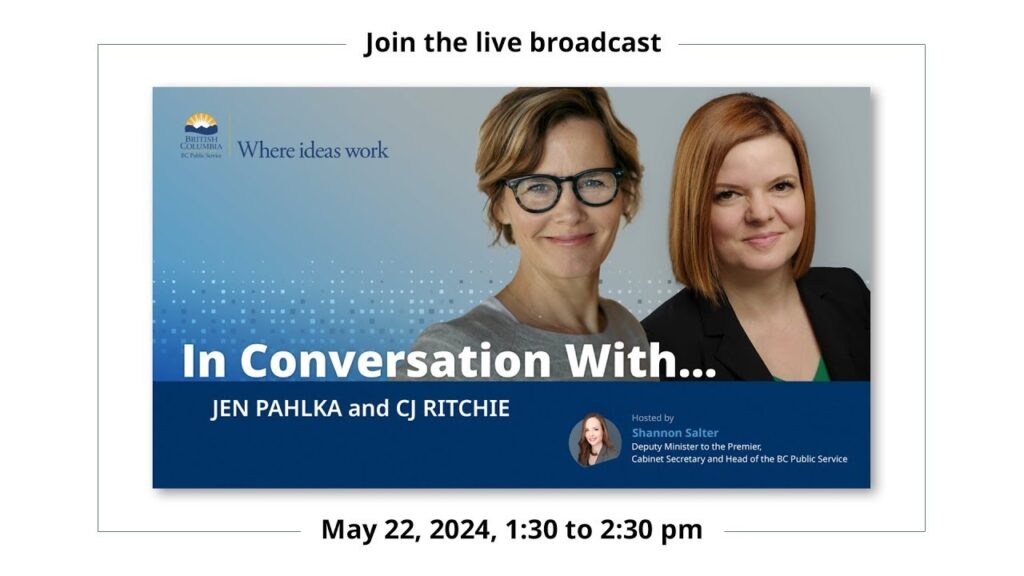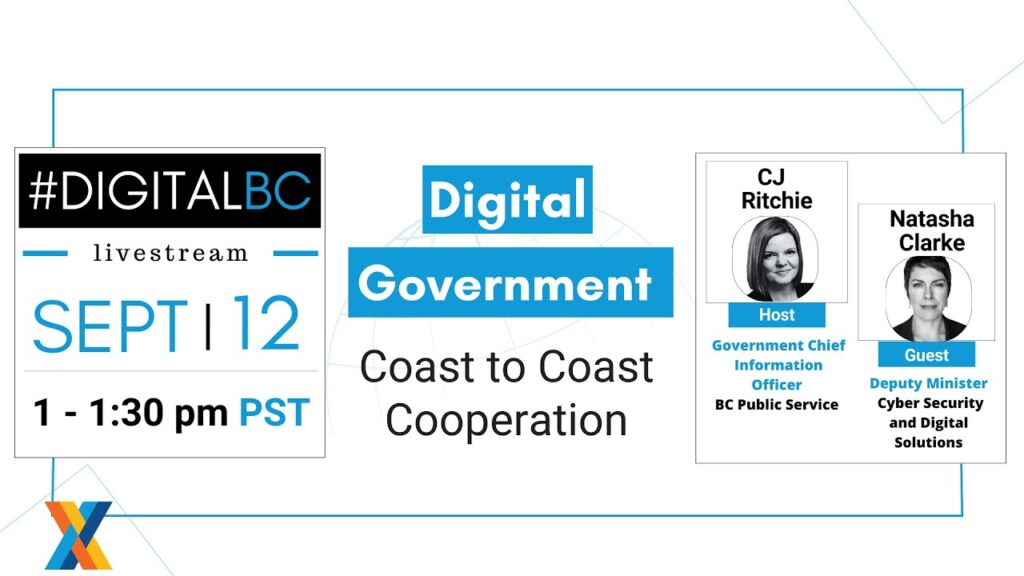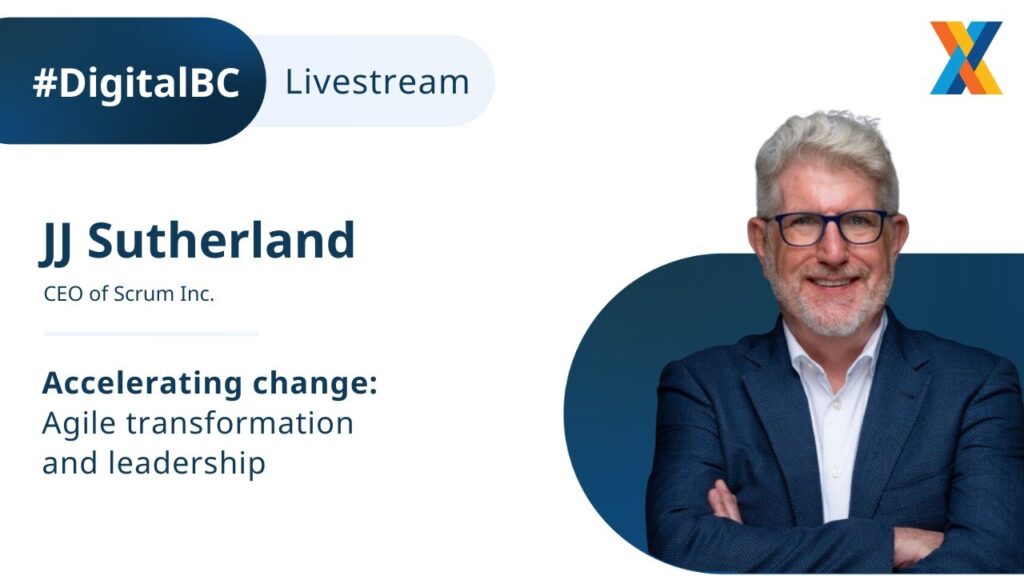Creating impactful online events in government
|

In government, sharing our work effectively means telling stories that matter — stories that resonate, make people care and inspire action. When I first started working at the Exchange Lab, we used in-person events like “Lab and Learn” and “Lunch and Share” to help teams share their stories.
I saw first-hand how bringing people together created a community of engagement. People like to connect, it’s human nature. But now a lot of government meetings and events are held online.
The challenge is clear. How do we best engage our audience?
While the right technology is important, the real key lies in understanding your audience and creating an experience that truly captures their attention.
As a senior engagement specialist at the Digital Office, here are five strategies I use to create an impactful online event.
1. Tell a compelling story
Before we dive into the details of online event production, I want you to think about an extraordinary story you heard — from a podcast, an online event or an in-person talk — and consider why it left a lasting impression.
Was it the way the speaker told the story? Perhaps it was the way they brought listeners on a journey, or the visuals that accompanied their talk. What stayed with you days, months or years later?
Narratives that resonate with your audience’s values and experiences can inspire long-lasting interest and passion. For me, this happened when I heard Holocaust survivor and Nobel Peace Prize laureate Elie Wiesel speak in Poland. His incredibly moving message of resilience and human dignity captivated me. Helping presenters shape and share impactful stories like these is vital.
2. Know and engage your audience
Whether you’re presenting an online event to a small or large audience, it’s important to have an idea of the context and background of the possible attendees. This will help you prepare to properly engage with the audience that shows up on the big day.
Nancy Duarte, an expert in presentation, design and delivery, puts it this way:
“The audience does not need to tune themselves to you — you need to tune your message to them. Skilled presenting requires you to understand their hearts and minds and create a message to resonate with what’s already there.”
If you connect with the values and emotions your audience brings to the table, you’ll see them engage with the content more successfully.
Technology can also help us engage audiences. Tools like voting, polls, whiteboards and moderated chats can keep your audience involved as active participants, making the work more impactful and memorable.


3. Keep it concise
When your speaker is presenting, the focus should be on their story, rather than relying heavily on PowerPoint. Think of a TED talk, where slides work as a companion guide, rather than a script for the speaker to read. We create more engaging and memorable experiences for our audiences by emphasizing personal stories and minimizing slide dependency.
Aim for short, impactful sessions so your audience feels energized rather than drained at the end of the session. At the Digital Office, we run a variety of online events using this philosophy, always with a specific audience and focus in mind:
- #DigitalBC Livestream: A conversation with an expert in digital government. The online audience asks questions throughout, answered during the session and in a 30-minute follow-up podcast
- Collaborate and Coffee: A regular chat where presenters share stories of what they’re working on, a success and a small failure in five minutes or less
- Experts in Residence: A headline presenter shares stories about their work in five minutes or less, ideally without using PowerPoint
- Product Owner (PO) Commons: A monthly interactive conversation with Product Owners on different areas to learn and improve
4. Take action with minimal distraction
It can be useful to share links and additional resources to support your speaker, especially if you know your audience will want to learn more or take action after the session.
But don’t distract the speaker and the attendees by interrupting their presentation.
Instead, give your speaker the proper space, time and attention to connect with the audience. Open the event with an agenda so everyone knows how much time is allotted. Wait to provide supplemental links and extras until a planned break, or after the session is complete.
In fact, following up with attendees after the event can be another good opportunity.


5. Gather feedback for the future
The audience is your most valuable source of feedback, so don’t miss out on getting their thoughts. After the #DigitalBC Livestream concludes, we always distribute a survey to gather comments on what worked and what didn’t. This helps to identify areas for improvement.
When you survey the audience, take their feedback seriously. Your attendees are taking time out of their busy days to share, so really listen and take action where needed.
For example, we received comments about our livestreams having too much keyboard noise in the background. As a result, we made changes to isolate the speaker’s audio, so moderators could type without being heard.
Positive feedback can be equally helpful. If someone thanks you for examining a certain topic or inviting a particular speaker, it means they cared enough to tell us what they appreciate, and what they might want to see next time.
Let’s tell stories that matter and engage our audiences effectively – we look forward to seeing what you share!
About the author
Ari Hershberg is driven by developing and maintaining long-term relationships, creating meaningful public engagement opportunities that connect to the heart and building strong, engaged teams. He also focuses on implementing metrics to continually find ways to improve team efficiency and culture by coordinating large and small-scale projects.
